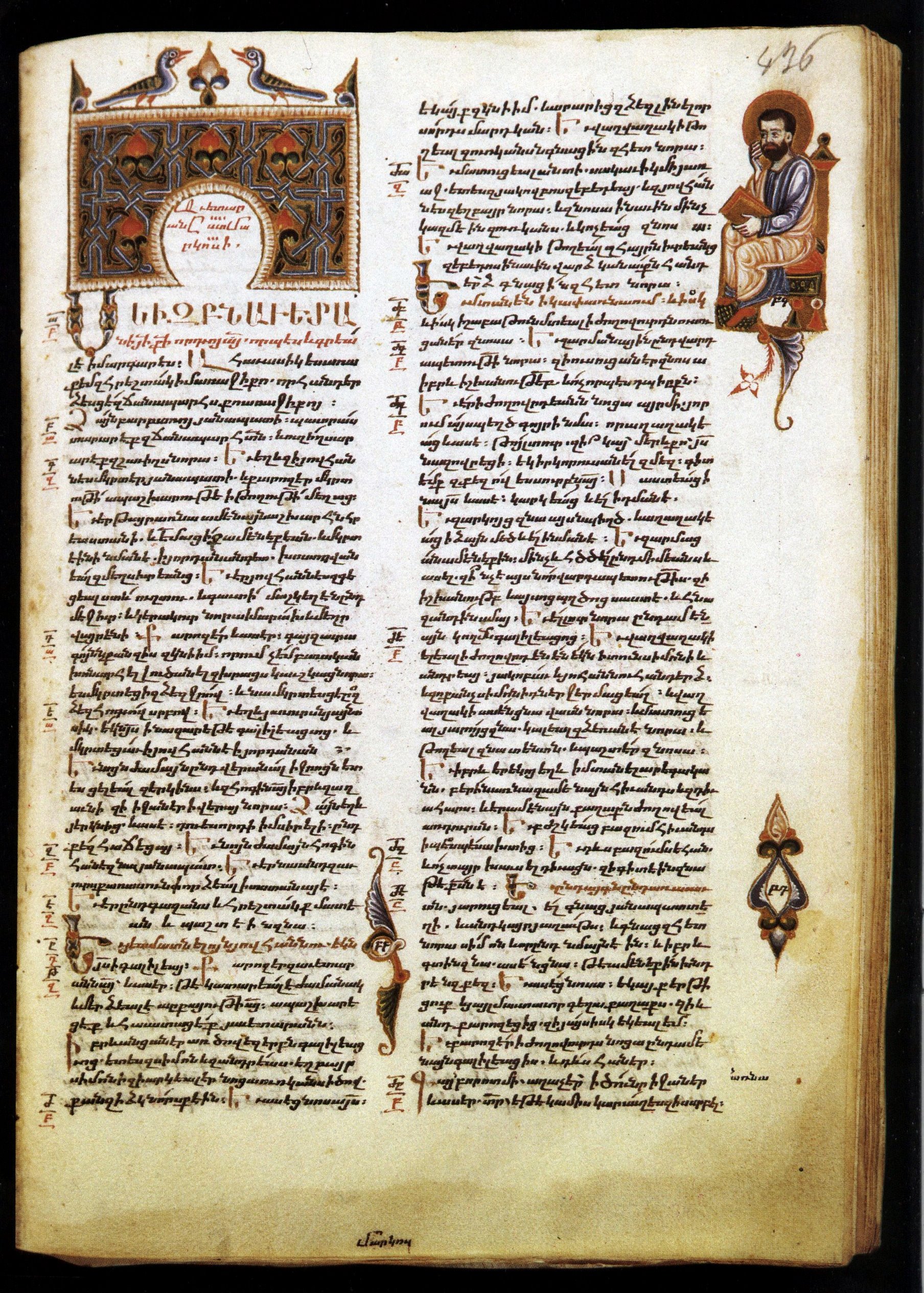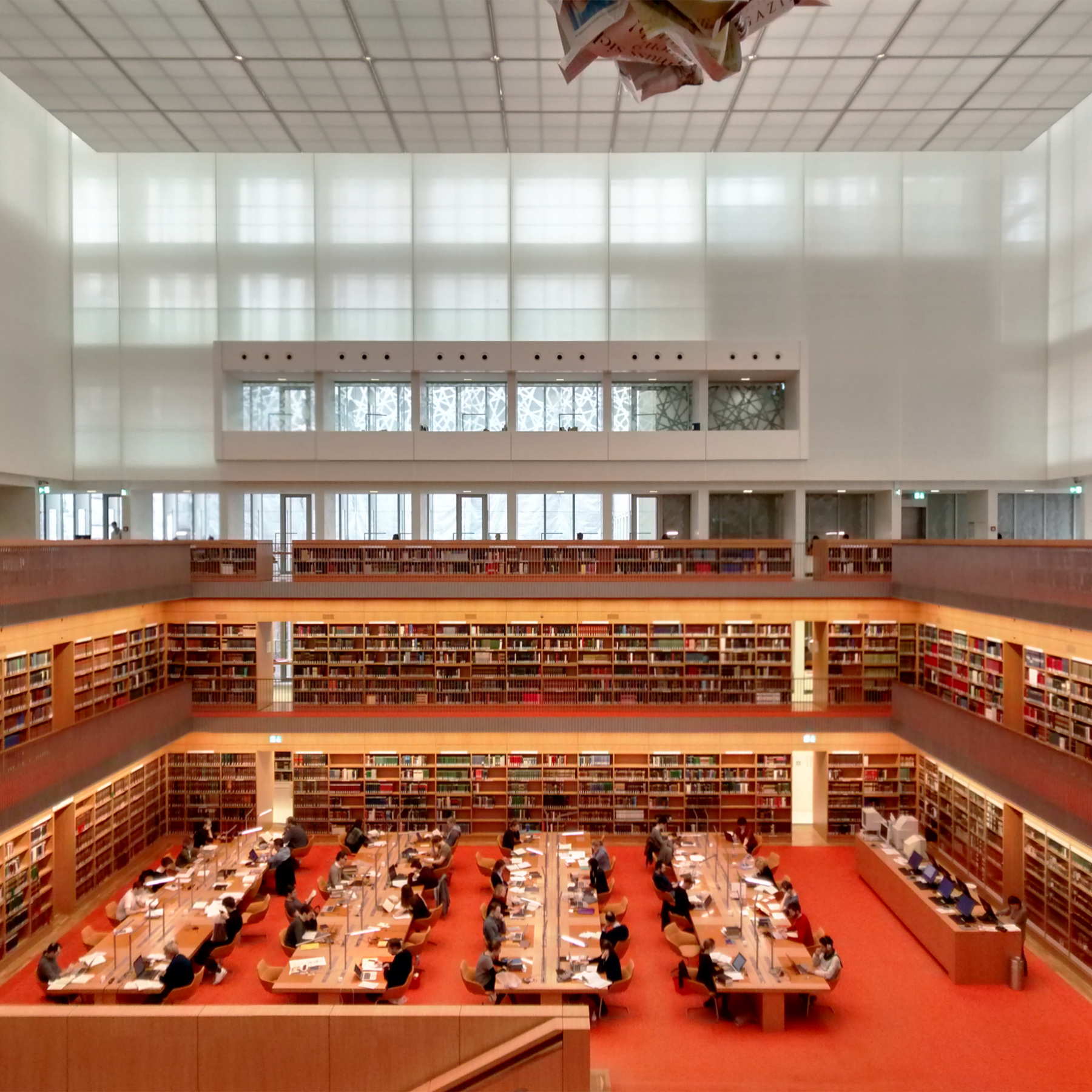|
Minuscule 659
Minuscule 659 (in the Gregory-Aland numbering), ε 1216 ( von Soden),Hermann von Soden, ''Die Schriften des neuen Testaments, in ihrer ältesten erreichbaren Textgestalt / hergestellt auf Grund ihrer Textgeschichte'' (Berlin 1902), vol. 1, p. 162. is a Greek minuscule manuscript of the New Testament, on parchment. Palaeographically it has been assigned to the 12th century. The manuscript has complex contents.K. Aland, M. Welte, B. Köster, K. Junack, "Kurzgefasste Liste der griechischen Handschriften des Neues Testaments", ''Walter de Gruyter'', Berlin, New York 1994, p. 86.Handschriftenliste at the Münster Institute labelled it by 637e [...More Info...] [...Related Items...] OR: [Wikipedia] [Google] [Baidu] |
Gospel
Gospel originally meant the Christian message (" the gospel"), but in the 2nd century it came to be used also for the books in which the message was set out. In this sense a gospel can be defined as a loose-knit, episodic narrative of the words and deeds of Jesus, culminating in his trial and death and concluding with various reports of his post-resurrection appearances. Modern scholars are cautious of relying on the gospels uncritically, but nevertheless, they provide a good idea of the public career of Jesus, and critical study can attempt to distinguish the original ideas of Jesus from those of the later authors. The four canonical gospels were probably written between AD 66 and 110. All four were anonymous (with the modern names added in the 2nd century), almost certainly none were by eyewitnesses, and all are the end-products of long oral and written transmission. Mark was the first to be written, using a variety of sources. The authors of Matthew and Luke both indepe ... [...More Info...] [...Related Items...] OR: [Wikipedia] [Google] [Baidu] |
Textual Criticism
Textual criticism is a branch of textual scholarship, philology, and of literary criticism that is concerned with the identification of textual variants, or different versions, of either manuscripts or of printed books. Such texts may range in dates from the earliest writing in cuneiform, impressed on clay, for example, to multiple unpublished versions of a 21st-century author's work. Historically, scribes who were paid to copy documents may have been literate, but many were simply copyists, mimicking the shapes of letters without necessarily understanding what they meant. This means that unintentional alterations were common when copying manuscripts by hand. Intentional alterations may have been made as well, for example, the censoring of printed work for political, religious or cultural reasons. The objective of the textual critic's work is to provide a better understanding of the creation and historical transmission of the text and its variants. This understanding may lead ... [...More Info...] [...Related Items...] OR: [Wikipedia] [Google] [Baidu] |
List Of New Testament Minuscules
The list of New Testament Minuscules ordered by Gregory-Aland index number is divided into three sections: * List of New Testament minuscules (1–1000) * List of New Testament minuscules (1001–2000) * List of New Testament minuscules (2001–3000) By location and institution List of New Testament Minuscules ordered by location and hosting institution: (*) Indicates only a portion of manuscript held by institution. (**) Indicates manuscript is a forgery. Bold Indicates manuscript has been color photographed. A–F G H–M N–T U–Z See also * List of artifacts significant to the Bible * List of New Testament Church Fathers * List of New Testament Latin manuscripts * List of New Testament lectionaries * List of New Testament amulets *List of New Testament papyri A New Testament papyrus is a copy of a portion of the New Testament made on papyrus. To date, over 140 such papyri are known. In general, they are considered the earliest witnesses to the original ... [...More Info...] [...Related Items...] OR: [Wikipedia] [Google] [Baidu] |
Kraków
Kraków (), or Cracow, is the second-largest and one of the oldest cities in Poland. Situated on the Vistula River in Lesser Poland Voivodeship, the city dates back to the seventh century. Kraków was the official capital of Poland until 1596 and has traditionally been one of the leading centres of Polish academic, economic, cultural and artistic life. Cited as one of Europe's most beautiful cities, its Old Town with Wawel Royal Castle was declared a UNESCO World Heritage Site in 1978, one of the first 12 sites granted the status. The city has grown from a Stone Age settlement to Poland's second-most-important city. It began as a hamlet on Wawel Hill and was reported by Ibrahim Ibn Yakoub, a merchant from Cordoba, as a busy trading centre of Central Europe in 985. With the establishment of new universities and cultural venues at the emergence of the Second Polish Republic in 1918 and throughout the 20th century, Kraków reaffirmed its role as a major national academic an ... [...More Info...] [...Related Items...] OR: [Wikipedia] [Google] [Baidu] |
Biblioteka Jagiellońska
Jagiellonian Library ( pl, Biblioteka Jagiellońska, popular nickname ''Jagiellonka'') is the library of the Jagiellonian University in Kraków and with almost 6.7 million volumes, one of the largest libraries in Poland, serving as a public library, university library and part of the Polish national library system.Official national library of Poland is the National Library of Poland in Warsaw; however Jagiellonian Library is considered a part of the '' Narodowy Zasób Biblioteczny''. It was ''the'' National Library before the creation of the National Library in Warsaw, and today it contains the National Library collection for the period before 1801. It has a large collection of medieval manuscripts, for example Copernicus' '' De Revolutionibus'' and Jan Długosz's '' Banderia Prutenorum'', and a large collection of underground literature (so-called ''drugi obieg'' or samizdat) from the period of communist rule in Poland (1945–1989). The Jagiellonian also houses the ''Berlink ... [...More Info...] [...Related Items...] OR: [Wikipedia] [Google] [Baidu] |
Silesia
Silesia (, also , ) is a historical region of Central Europe that lies mostly within Poland, with small parts in the Czech Republic and Germany. Its area is approximately , and the population is estimated at around 8,000,000. Silesia is split into two main subregions, Lower Silesia in the west and Upper Silesia in the east. Silesia has a diverse culture, including architecture, costumes, cuisine, traditions, and the Silesian language (minority in Upper Silesia). Silesia is along the Oder River, with the Sudeten Mountains extending across the southern border. The region contains many historical landmarks and UNESCO World Heritage Sites. It is also rich in mineral and natural resources, and includes several important industrial areas. The largest city and Lower Silesia's capital is Wrocław; the historic capital of Upper Silesia is Opole. The biggest metropolitan area is the Upper Silesian metropolitan area, the centre of which is Katowice. Parts of the Czech city of Os ... [...More Info...] [...Related Items...] OR: [Wikipedia] [Google] [Baidu] |
Bombing Of Berlin In World War II
A bomb is an explosive weapon that uses the exothermic reaction of an explosive material to provide an extremely sudden and violent release of energy. Detonations inflict damage principally through ground- and atmosphere-transmitted mechanical stress, the impact and penetration of pressure-driven projectiles, pressure damage, and explosion-generated effects. Bombs have been utilized since the 11th century starting in East Asia. The term bomb is not usually applied to explosive devices used for civilian purposes such as construction or mining, although the people using the devices may sometimes refer to them as a "bomb". The military use of the term "bomb", or more specifically aerial bomb action, typically refers to airdropped, unpowered explosive weapons most commonly used by air forces and naval aviation. Other military explosive weapons not classified as "bombs" include shells, depth charges (used in water), or land mines. In unconventional warfare, other names can refe ... [...More Info...] [...Related Items...] OR: [Wikipedia] [Google] [Baidu] |
Berlin State Library
The Berlin State Library (german: Staatsbibliothek zu Berlin; officially abbreviated as ''SBB'', colloquially ''Stabi'') is a universal library in Berlin, Germany and a property of the Prussian Cultural Heritage Foundation. It is one of the largest libraries in Europe, and one of the most important academic research libraries in the German-speaking world. It collects texts, media and cultural works from all fields in all languages, from all time periods and all countries of the world, which are of interest for academic and research purposes. Some famous items in its collection include the oldest biblical illustrations in the fifth-century Quedlinburg Itala fragment, a Gutenberg Bible, the main autograph collection of Goethe, the world's largest collection of Johann Sebastian Bach's and Wolfgang Amadeus Mozart's manuscripts, and the original score of Ludwig van Beethoven's Symphony No. 9. Central functions and cooperation with other libraries The SBB is one of six libraries ... [...More Info...] [...Related Items...] OR: [Wikipedia] [Google] [Baidu] |
Kirsopp Lake
Kirsopp Lake (7 April 187210 November 1946) was an English New Testament scholar, Church historian, Greek Palaeographer, and Winn Professor of Ecclesiastical History at Harvard Divinity School. He had an uncommon breadth of interests. His main lines of research were the history of early Christianity, textual criticism of the New Testament, and Greek palaeography, in which fields he published definitive monographs. He also studied the historical figure of Jesus and wrote about theology and archaeology (especially in his later life). He edited and translated a two-volume anthology of ancient Christian literature and the first five books of Eusebius' ''Church History'' for the Loeb Classical Library. He is best known for his massive five-volume work ''The Beginnings of Christianity''—an edition, translation, commentary, and study of the Acts of the Apostles—that he conceived and edited with F. J. Foakes-Jackson, and for the 10-volumes series of ''Dated Greek Manuscript ... [...More Info...] [...Related Items...] OR: [Wikipedia] [Google] [Baidu] |
Institute For New Testament Textual Research
The Institute for New Testament Textual Research (german: Institut für neutestamentliche Textforschung — INTF) at the University of Münster, Westphalia, Germany, is to research the textual history of the New Testament and to reconstruct its Greek initial text on the basis of the entire manuscript tradition, the early translations and patristic citations; furthermore the preparation of an '' Editio Critica Maior'' based on the entire tradition of the New Testament in Greek manuscripts, early versions and New Testament quotations in ancient Christian literature. Under Kurt Aland's supervision, the INTF collected almost the entire material that was needed. The manuscript count in 1950 was 4250, in 1983, 5460, and in 2017 approximately 5800 manuscripts. Moreover, INTF produces several more editions and a variety of tools for New Testament scholarship, including the concise editions known as the "Nestle–Aland" – ''Novum Testamentum Graece'' and the UBS Greek New Testament. ... [...More Info...] [...Related Items...] OR: [Wikipedia] [Google] [Baidu] |
Claremont Profile Method
The Claremont Profile Method is a method for classifying ancient manuscripts of the Bible. It was elaborated by Ernest Cadman Colwell and his students. Professor Frederik Wisse attempted to establish an accurate and rapid procedure for the classification of the manuscript evidence of any ancient text with large manuscript attestation, and to present an adequate basis for the selection of balanced representatives of the whole tradition. The work of Wisse is limited only to three chapters in Luke: 1, 10, and 20. Wisse's profiles The word before the bracket is the reading of the UBS edition. The profile of a manuscript is formed by noting the numbers of those test readings where the manuscript agrees with the bold reading. The readings which are not bold are those of the Textus Receptus. Luke 1 * Luke 1:2 (1 reading) — ] * Luke 1:7 (2 reading) — ην η ελισαβετ ] η ελισαβετ ην * Luke 1:7 (3 reading) — η ] omit * Luke 1:8 (4 reading) — ] ενα ... [...More Info...] [...Related Items...] OR: [Wikipedia] [Google] [Baidu] |


.jpg)

